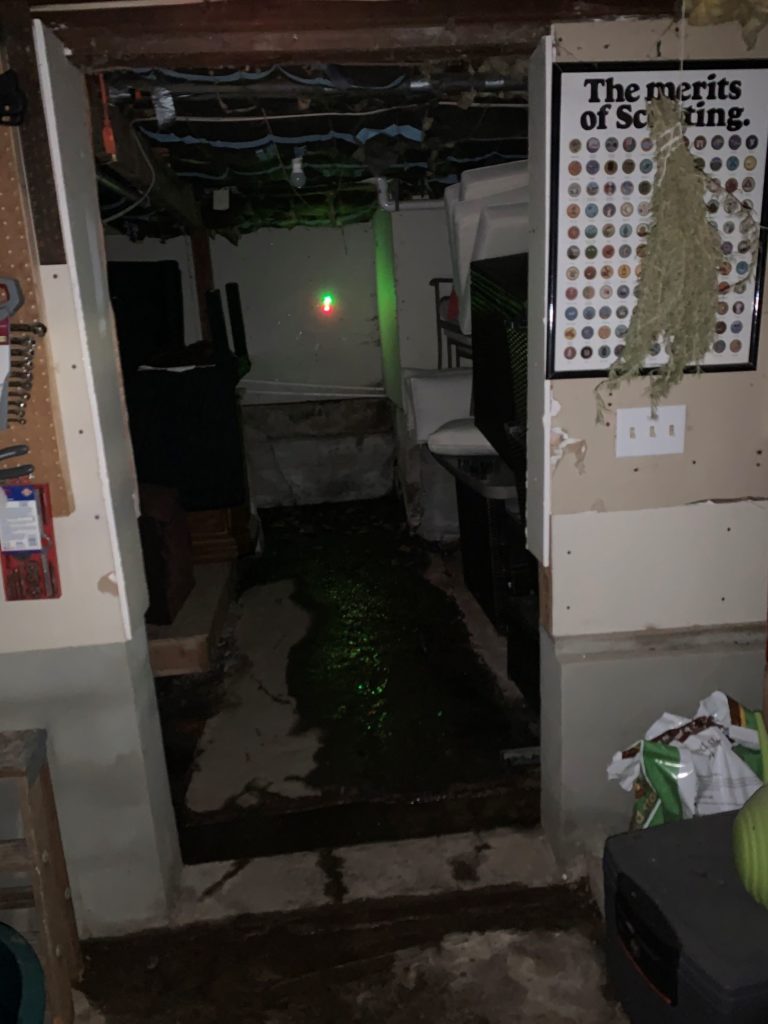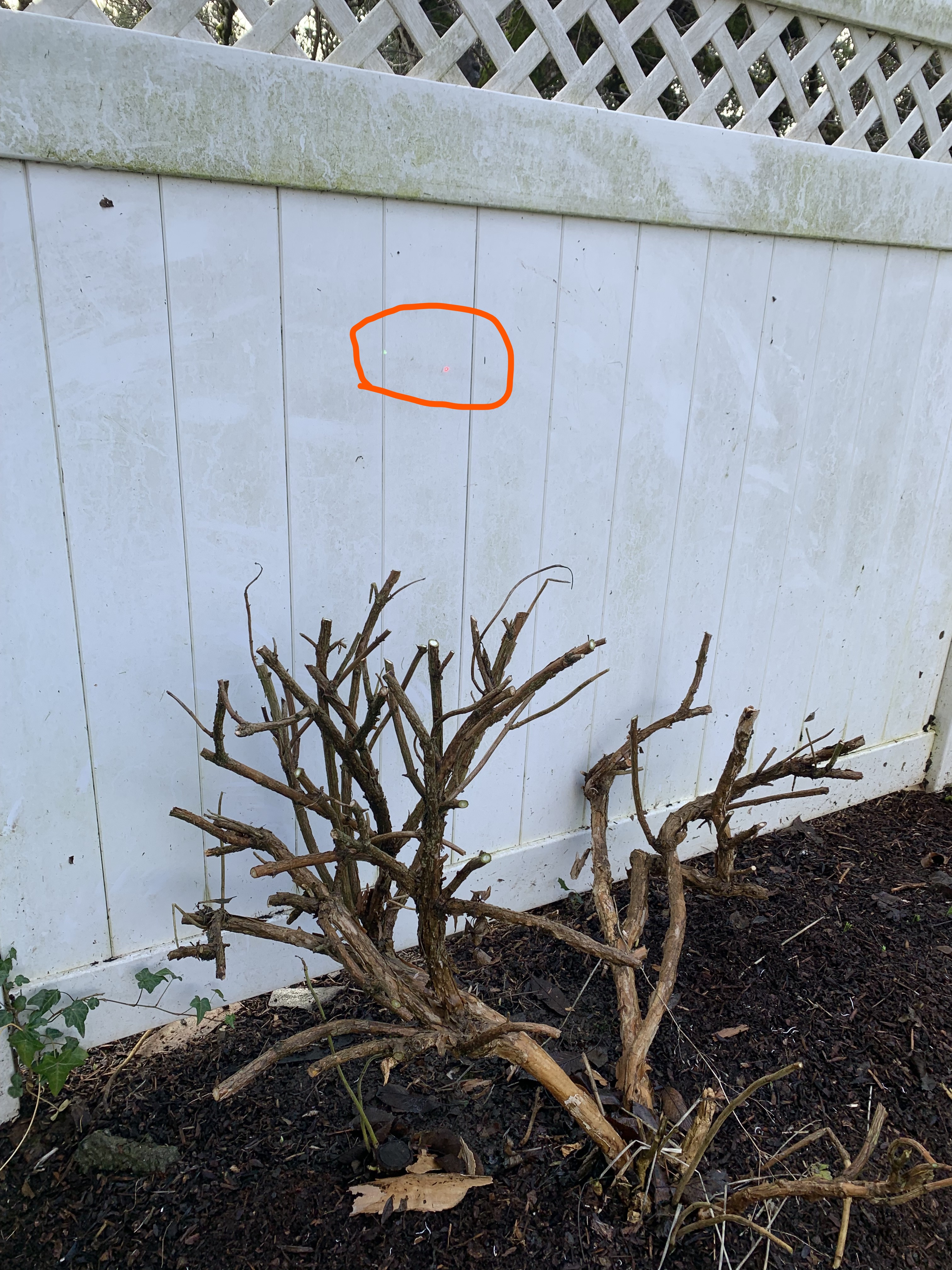Back when I had first got out of college and began my career, of course all of my co-workers were older than me. I remember one of them that could have been my dad was so ecstatic about this Red Green Show. He went on and on about how funny it was and that I should watch it. For us, it aired on PBS on Friday nights so I tried to watch it once and I didn’t get it.
Red Green was the main character’s name. I feel like Red Green was also a dichotomy; kind of two states that cannot exist simultaneously. You can’t be a handyman and use duct tape to fix everything for instance like in the TV show. This leads to today’s topic of red and green lasers.


I have had a red laser for 5-7 years. The laser is put into the bore of the barrel and used to project a dot that you would then try to manipulate your scope so that the first shot is on paper. This is the process of bore sighting a scope. After numerous uses at the range I decided that red is not adequate for range work.
The picture on the left is in near darkness. The camera flash made it seem lighter than it really was. My point is that in the dark, the red laser is readily visible up to 25 yards or so. I have used it in the basement to get a preliminary bore sight. But, I really only have 10 yards of distance in my basement. At the rifle range the closest target stand is 50 yards. Sometimes even that initial bore sight is not adequate enough.
This is when I decided that I would try green. I haven’t actually used it at the range yet but the picture on the right is outside in the daylight. I had to get close enough so that the camera could actually pic up the dots (about five yards) but I could see it at 15 yards easily. By the time I could see the green dot in the camera, I could also see the red light with my eyes.
Light in the green spectrum is easier for the human eye to see than red in daylight. A couple things to be aware of. Green light requires more power to generate. So, you will see with pricing that they are also more expensive. I have heard that you get a couple of hours of laser usage with green but double or more with red. So, a long day at the range you may run through a battery or more.
In my day (before cheap lasers) if you had one it was red. That means that red lasers are ubiquitous in laser sights and bore sights. But, now there are often choices between red and green. Pick green if money is no option. But, don’t feel bad about red. My view is that lasers are low-light tools when it comes to aiming. I suppose that my vision and skill is fine enough that in daylight I am going to use the sights and not rely on the laser for aiming.
As I said above, I have yet to use this green laser on any sight in activity. So, what I am talking about comes from colloquial wisdom and not experience. What I can say is that I can’t see the red laser at 50 yards, so there was a lot of guessing when I was working on sighting in last year.
End Your Programming Routine: This is one of those topics that I had on my list for Tacticool Thursday last year. This is an example of some of the stuff I am occasionally going to talk about still. I am going to reduce the frequency of this kind of content and I am surly going to avoid outing anything specific that could be construed as illegal in today’s political content.


Recent Comments